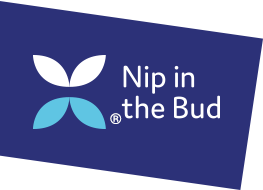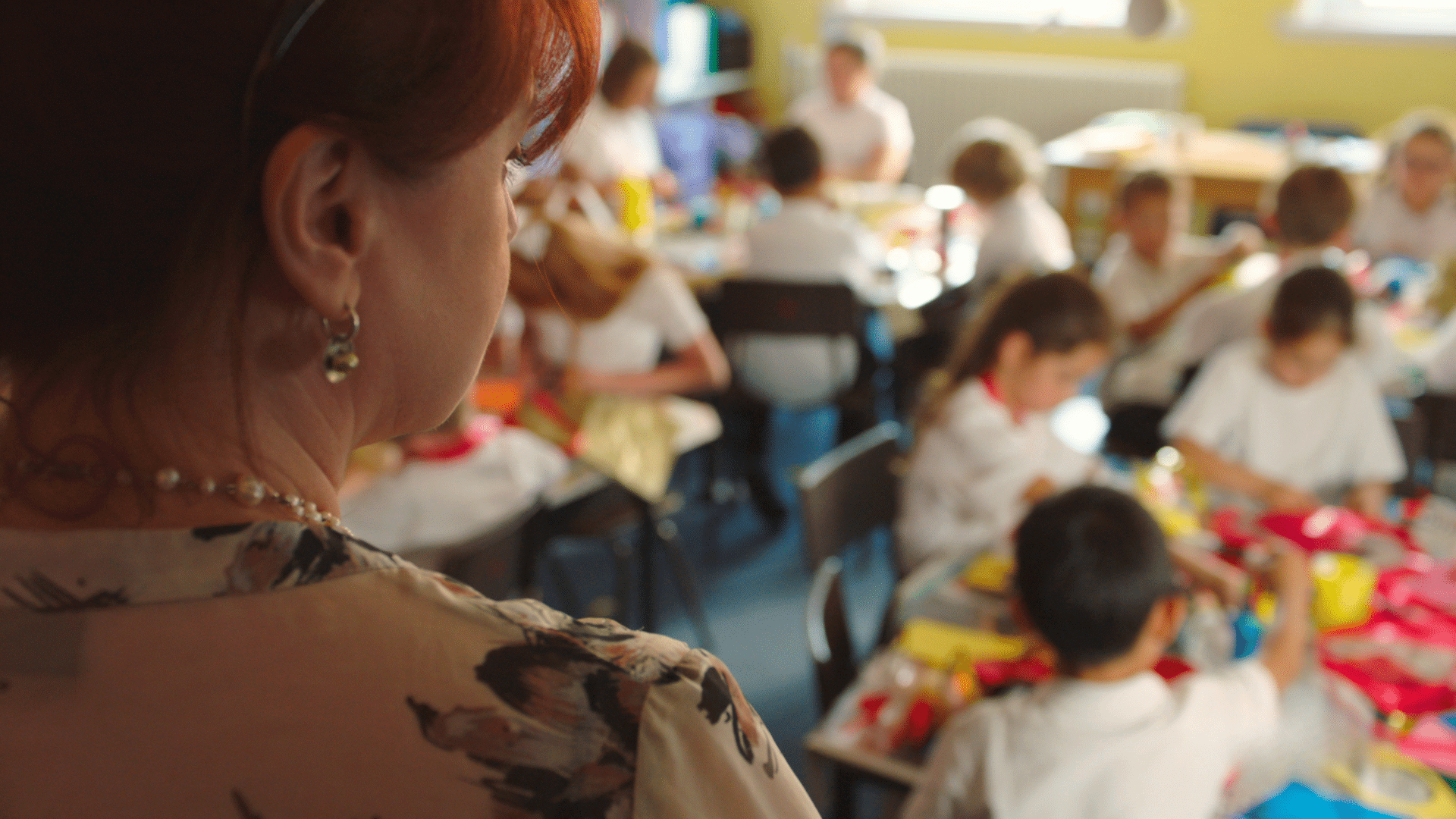
Obsessive Compulsive Disorder (OCD) is a serious condition that can majorly disrupt the lives of young people and their families. In this blog we look at ways to help manage OCD.
OCD tends not to go away on its own and without treatment it is likely to persist into adulthood. In fact, many adults who receive a diagnosis of OCD report that some symptoms started during childhood.
Here are 5 ways to help manage OCD in children:
1.Talk
Chat about the young person’s worries and about anything they may be struggling with such as exam stress, bullying, a bereavement or changes at home.
2. Provide education about anxiety
Discuss how anxiety can be helpful to help us escape threat but that sometimes we can become oversensitive when our threat system is set off too much.
Also talk about ‘anxiety habituation’. This refers to the fact that anxiety does feel uncomfortable but will lessen over time, even without doing anything to change the situation.
3. Encourage the child to practice ERP
‘Exposure’ – to face the feared situation in small manageable ways and ‘Response Prevention’ – resisting the urge to complete the compulsion until the anxiety goes down on its own.
4. Read self-help books
There are many books available on Amazon and in all good bookshops. These can be helpful before accessing support or while waiting for an appointment.
A couple of great examples to get you started:
- “Breaking Free from OCD” (2008) written by Jo Derisley, Isobel Heyman, Sarah Robinson & Cynthia Turner.
- “What to do When Your Brain Gets Stuck: A Kids Guide to Overcoming OCD” (2007) written by Dawn Huebner.
5. Seek help!
Your first point of contact should be the GP. They can assess the difficulties and make a referral to the local Child and Adolescent Mental Health Service (CAMHS).
A Special Educational Needs Coordinator (SENCO) or the school nurse within school may also be able to make a referral and may have seen evidence of the OCD interfering with the child’s performance in the school setting.
Learn more about OCD on our information page.





